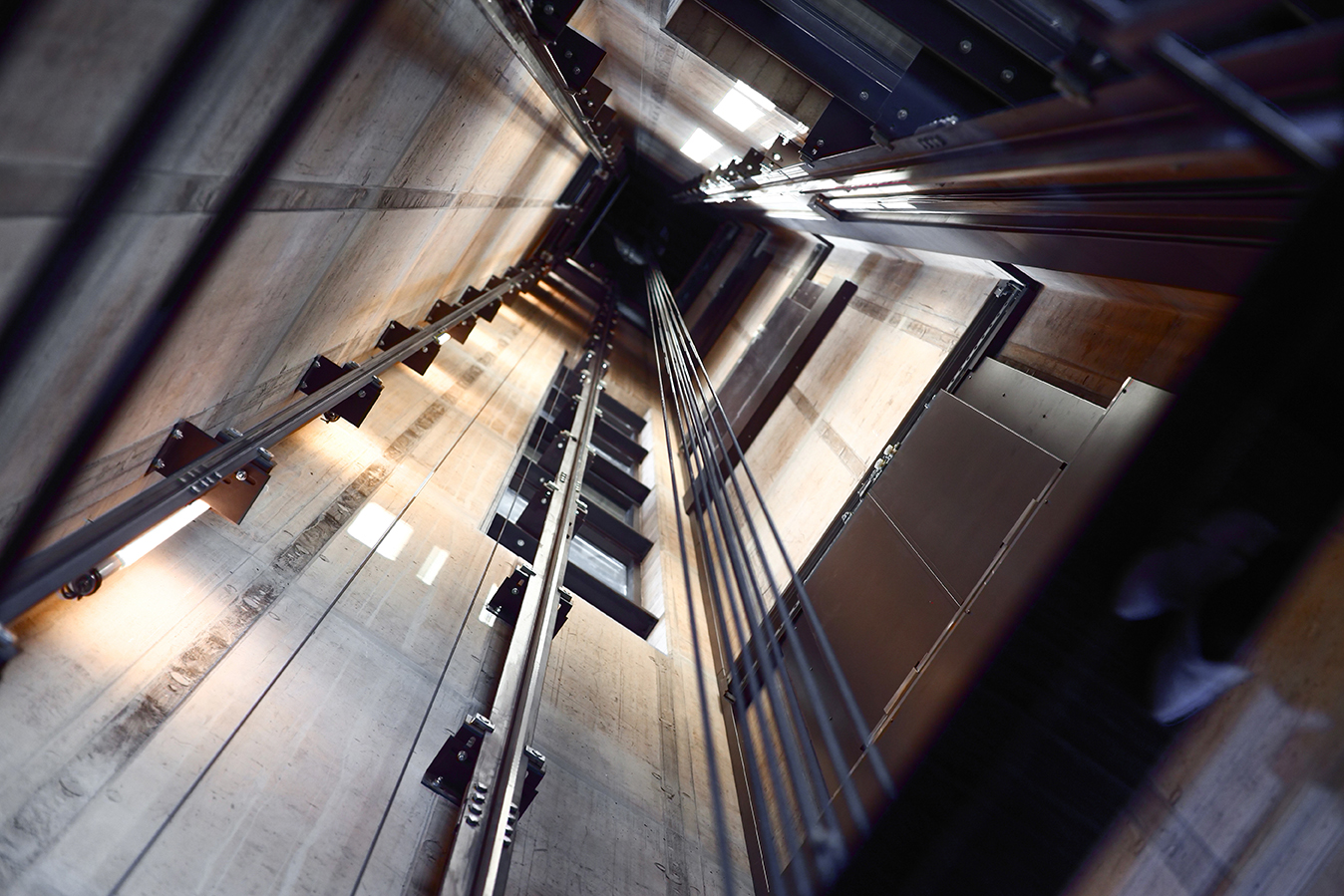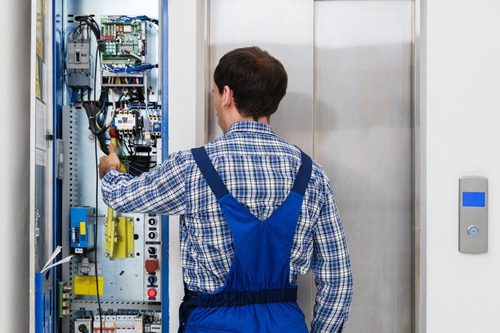Expert Lift Engineer Course: Educating for Top Lift Repair Companies Near Me
Expert Lift Engineer Course: Educating for Top Lift Repair Companies Near Me
Blog Article
Comprehensive Overview to Elevator Systems and Their Upkeep
Navigating the intricate globe of elevator systems and their upkeep is a job that demands accuracy and understanding. From the different kinds of elevator systems in usage to the thorough adherence to safety guidelines, the upkeep of these upright transport devices is a diverse undertaking.
Types of Elevator Equipments
Elevator systems been available in numerous types, each created to fit certain structure requirements and individual demands. One of the most usual kinds consist of hydraulic elevators, traction elevators, machine-room-less lifts, and vacuum cleaner lifts. Hydraulic elevators are suitable for low-rise structures and use a hydraulic piston to move the elevator car. Traction elevators, on the other hand, are a lot more matched for skyscraper buildings and use steel ropes and weights to relocate the car. Machine-room-less elevators are a space-saving choice as they do not need a different equipment room for the elevator machinery. Vacuum cleaner elevators, a more contemporary innovation, use atmospheric pressure differentials to relocate the vehicle within a clear tube.
Each sort of lift system has its very own advantages and downsides, making it crucial for building proprietors and developers to meticulously consider their specific needs prior to picking one of the most ideal option. Elements such as developing height, area schedule, energy efficiency, and budget plan restraints all play a substantial duty in figuring out the most effective elevator system for a particular structure.
Typical Maintenance Problems
Normal upkeep of elevator systems is necessary to make sure smooth operation and extend their lifespan. In spite of regular upkeep, lift systems can still experience usual maintenance concerns that need to be immediately resolved to stop disturbances in service. Among one of the most regular concerns is door malfunctions. Elevator doors might obtain misaligned, resulting in concerns with opening and closing properly. This can trigger hold-ups and safety dangers, calling for immediate focus from maintenance professionals. Another typical issue is connected to the elevator's leveling accuracy. Travelers may experience tripping threats and pain if the elevator doesn't align properly with the floorings. In addition, concerns with the control system, such as sensor issues or electrical concerns, can trigger the elevator to breakdown or quit functioning completely. Regular examinations and proactive upkeep can aid identify and resolve these typical upkeep issues before they rise and impact the general performance of the lift system.
Safety Rules and Compliance
Abiding by stringent safety and security guidelines and making sure compliance with sector requirements are critical for maintaining the functional stability of elevator systems. Lifts go through a comprehensive collection of security regulations Full Article to guard travelers, maintenance employees, and the public. Governing bodies such as the Occupational Security and Health Management (OSHA) in the United States and the European Lift Organization (ELA) in Europe develop guidelines that cover numerous aspects of lift style, maintenance, procedure, and installation.
Conformity with these laws is not only a legal requirement but likewise a moral responsibility for structure proprietors and lift upkeep firms. Normal inspections, maintenance checks, and adherence to safety protocols described in the policies are essential to guarantee the risk-free and efficient operation of elevator systems.
Best Practices for Upkeep

Structure owners need to likewise consider spending in modernization upgrades to improve the efficiency and safety and security of their elevator systems. By adhering to these ideal methods, lift systems can operate efficiently and safely, giving reputable vertical transport for occupants.

Advanced Technologies for Efficiency
Executing innovative innovations in elevator systems can substantially improve functional effectiveness and traveler experience. lift engineer course. One of the essential improvements in elevator technology is the introduction of location control systems. These systems permit travelers to input their desired floor prior to getting in the elevator, which then routes them to one of the most effective automobile. By reducing unnecessary quits and enhancing travel courses, location control systems decrease wait times and blockage in high-traffic structures.
In addition, the Visit This Link assimilation of wise sensors and anticipating maintenance capacities has revolutionized lift upkeep. These sensing units can spot possible problems prior to they intensify, allowing positive upkeep treatments and minimizing downtime. Furthermore, making use of energy-efficient parts and regenerative drives helps in reducing power usage and operating expense in elevator systems.
In addition, the application of cloud-based surveillance and remote diagnostics permits real-time tracking of lift performance and instant troubleshooting of any kind of breakdowns. This proactive technique not just improves system dependability however additionally enhances the general customer experience by guaranteeing smooth and nonstop elevator procedures.
Verdict
To conclude, comprehending the various kinds of elevator systems, common maintenance problems, safety and security regulations, best upkeep methods, and progressed modern technologies for performance is important for guaranteeing the smooth procedure of lifts. By adhering to safety policies and carrying out best methods for upkeep, building owners can extend the lifespan of their lift systems and ensure the safety of passengers. It is very important to stay updated on the current improvements in elevator innovation to enhance efficiency and reliability.
The most common types consist of hydraulic lifts, grip elevators, machine-room-less elevators, and vacuum lifts. Hydraulic lifts are optimal for low-rise buildings and use a hydraulic piston to move the lift car. Machine-room-less lifts are a space-saving choice as they do not need a separate machine area for the lift equipment. Regular evaluations and proactive upkeep can assist determine and deal with these common upkeep problems before they escalate and influence the total performance of the elevator system.

Report this page